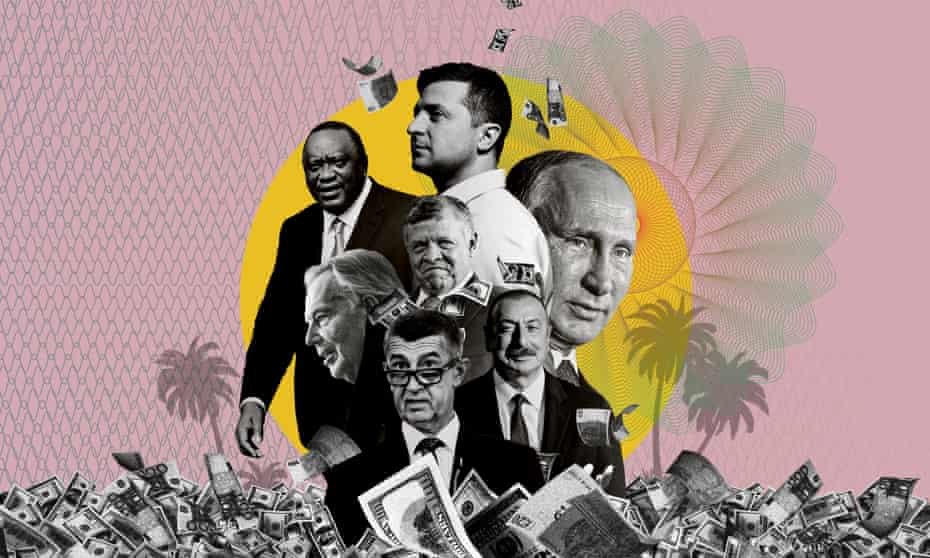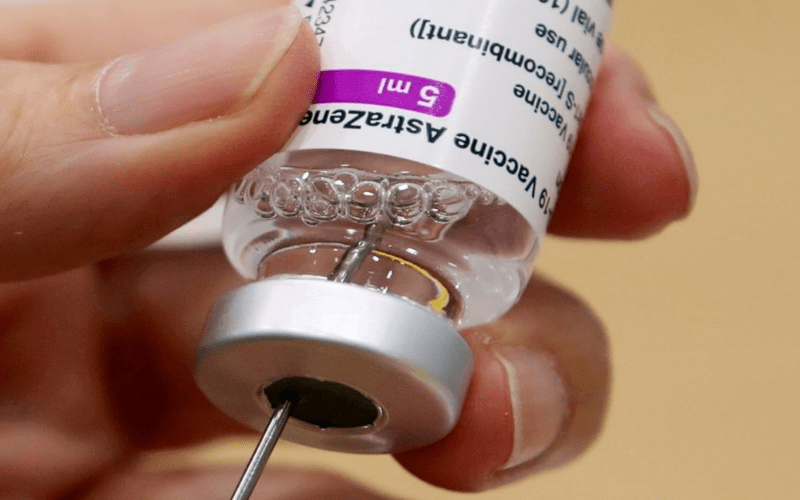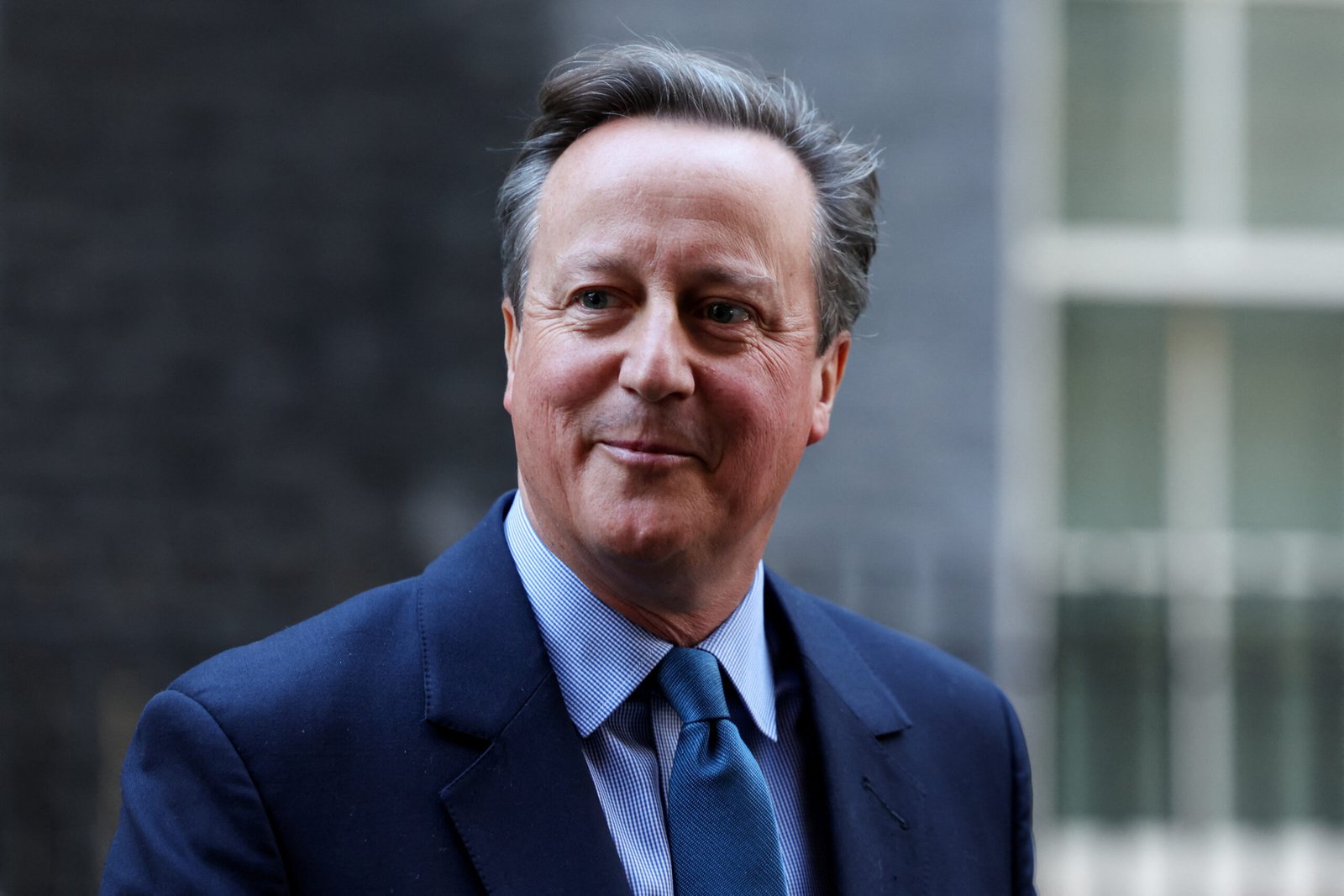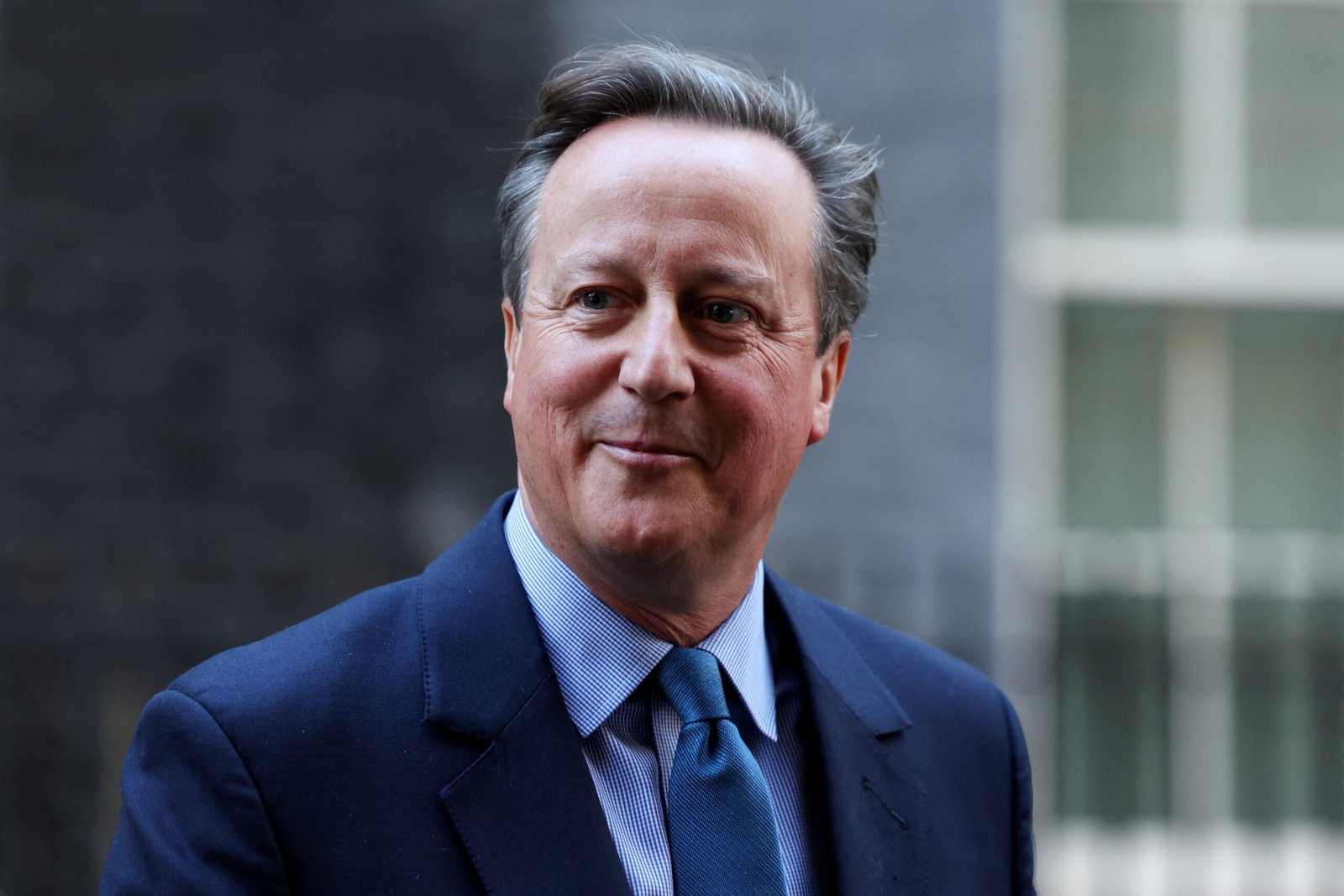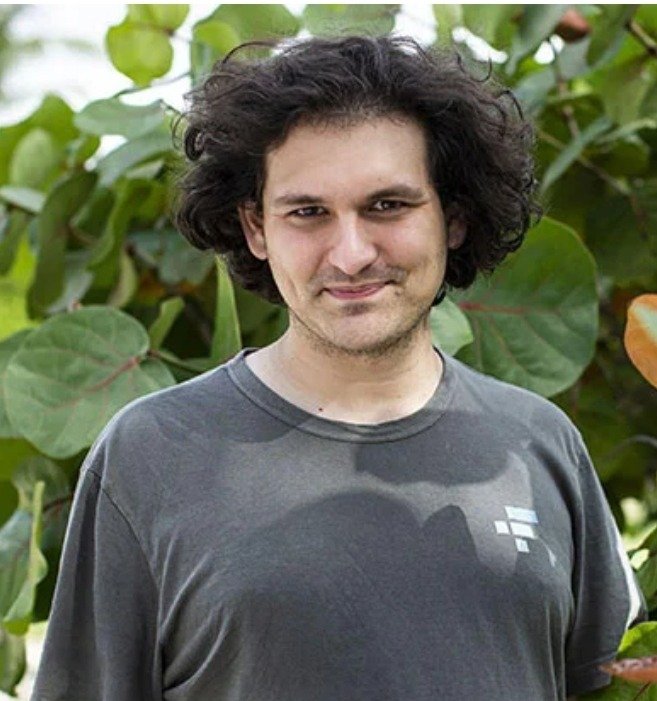THE FUTURE OF POLITICAL POLLING IN 2023
As technology advances and social media becomes more pervasive, the future of political polling in 2023 is poised for dramatic changes, making it a critical topic for anyone interested in accurate election forecasting and insights into voter behavior.
KEY TAKEAWAYS
- While political polling plays a crucial role in politics, it has its detractors due to sampling bias, response bias, nonresponse bias, and margin of error.
- Potential answers to some of these problems are provided by advancements in political polling, including internet polling, mobile polling, data analytics, and predictive analytics.
- Technological developments, different sampling techniques, and tackling response and nonresponse bias are essential to improve the representativeness of polls and guarantee accurate forecasting.
- The use of social media in political polling is a new trend that can potentially transform how polls are conducted and evaluated completely.
- With a sustained emphasis on increasing accuracy and representativeness, the future of political polling is expected to include classic and novel approaches.
- Recognizing the crucial role political polling plays in election campaigns and continuing to invest in its enhancement are crucial as we look to the future of political polling.
INTRODUCTION
Insights into public opinion and voting patterns are provided through political polling, which is an essential part of contemporary politics. Polls assist political candidates and parties in better understanding the opinions and preferences of voters, informing campaign plans, and providing a basis for predicting the outcome of elections.
Political polling, at its foundation, is polling a representative sample of the public to determine their opinions on a certain topic or candidate. The results of these polls might be extrapolated to approximate the general public’s opinions.
Since the early 20th century, political polling has been used. In 1916, the Literary Digest magazine conducted the first political poll, predicting that Republican nominee Charles Evans Hughes would win the presidential election. The poll, however, had serious flaws since it used biased sampling techniques and should have accounted for changes in the electorate. Instead, Woodrow Wilson, a Democrat, won the election by a wide margin, demonstrating the fallibility of early polling techniques.
Since then, political polling has substantially changed, with new technologies and methods developing to enhance reliability and generalizability. Nowadays, polling is conducted in various ways, including online and mobile polling and more conventional phone and in-person polls.
It is impossible to exaggerate the significance of reliable political polling. Insights into public opinion provided by polls may be used to shape policy and guide electoral tactics. In political campaigns, accurate polling is crucial when polls give a basis for predicting the outcome of elections, help politicians focus their message, and rally their supporters.
Political polling has numerous advantages but also has some serious challenges and detractors. When the sample of people being surveyed needs to represent the population adequately, sampling bias is one of the biggest challenges. This may occur when the sample size needs to be increased, certain groups are underrepresented, or the sampling technique needs to be revised.
Another issue is response bias, when survey respondents provide only partially true or accurate answers. This may be brought on by various factors, including social desirability bias (the tendency to provide responses viewed as socially acceptable) and acquiescence bias (the tendency to agree with survey questions).
A similar problem is nonresponse bias, which occurs when many people chosen for a survey do not participate. Since people who refrain from participating may have different opinions and traits than those who do, this might provide misleading results.
Another restriction on political polling is the margin of error, which gauge how accurate the poll results are. Factors such as sample size and sampling process impact the margin of error, which shows how confident we may be in the poll results.
Political polling also attracts criticism from some sectors in addition to these challenges. Some say polls may be skewed or misleading, while others say polls can impact the outcome of elections by changing public opinion or suppressing voter participation.
Despite these challenges and concerns, political polling is still important for gauging public opinion and voting behavior. As we look to the future of political polling in 2023 and beyond, it is crucial to continue to invest in innovative technologies and methodology that may increase accuracy and representativeness while simultaneously addressing the challenges and limits of existing polling approaches.
INNOVATIONS IN POLITICAL POLLING
When we look forward to the future of political polling in 2023, one thing is certain: technology will play an increasingly essential role in determining how we conduct and interpret polls. From online and mobile polling to data analytics and predictive modeling, various novel technologies and approaches are developing that promise to transform political polling and deliver more accurate and trustworthy insights into public opinion and voter behavior.
One such innovation that is gaining traction in political polling is online polling. By using computers or mobile devices, individuals may participate in online polls from the convenience of their homes. In addition, since online polls may reach a wider range of individuals than conventional telephone surveys, they can raise response rates and improve representativeness.
There are several advantages to conducting polls online compared to utilizing more conventional polling approaches. Online polls may be conducted more quickly and efficiently, allowing pollsters to collect and analyze data in real time. Online polls are also less expensive than conventional polls because of a need for more staff and resources.
The use of mobile devices in political polling is another recent trend. Mobile polls are similar to online polls, only built for mobile devices like smartphones and tablets. Mobile polls may be conducted via various means, including social media, texting, and mobile apps.
The growing use of mobile devices among voters, particularly younger ones, adds to the allure of mobile polling. Political campaigns and organizations may reach out to these younger people and learn more about their perspectives by conducting mobile polls.
The use of data analytics is expanding into previously unexplored spheres, such as political polling. For example, data analytics may give vital insights into voter behavior and assist in forecasting election results by analyzing massive data sets and detecting patterns and trends.
One of the fascinating applications of data analytics in political polling is predictive modeling. Predictive models may be used to foretell the results of elections using polling data, demographic information, and historical voting tendencies.
With more precise and trustworthy election results projections, predictive modeling can change political polling. In addition, predictive modeling may assist campaigns and organizations in better targeting their message and mobilizing their supporters by examining a wide range of data sources and using advanced modeling methods.
In conclusion, the future of political polling in 2023 and beyond is bright, with various fascinating innovations and technology developing that promise to revolutionize how we conduct and interpret polls. From online and mobile polling to data analytics and predictive modeling, these innovations provide new options for political campaigns and organizations to understand public opinion and voter behavior better and increase their chances of success at the ballot box.
CHALLENGED IN POLITICAL POLLING
Although the future of political polling in 2023 appears bright with new technology and approaches, it’s important to recognize the challenges political polling confronts. These challenges may impair the accuracy and reliability of poll results. They must be addressed to guarantee that political polling remains a relevant tool for assessing public opinion and voter behavior.
Sampling bias is one of the greatest challenges in political polling. Sampling bias occurs when the sample of individuals chosen for a poll is not representative of the population as a whole. This may happen in various ways, including using a non-random sampling technique or the failure to contact particular demographic subsets of the population. When sampling bias occurs, it may lead to unreliable and erroneous poll results.
Reaction bias is another challenge in political polling. Response bias occurs when individuals who participate in a poll have different qualities or viewpoints than those who choose not to participate. This might happen for various reasons, such as a lack of interest or motivation, or distrust of the polling process. Response bias may skew poll results and lead to false assumptions about public opinion.
Another challenge in political polling is nonresponse bias. Nonresponse bias occurs when a large proportion of individuals who are chosen for a poll do not reply. This might happen because of a lack of interest, motivation, or distrust of the polling process. Unfortunately, nonresponse bias may skew poll results and lead to erroneous assumptions about public opinion.
Another important factor in political polling is the margin of error. The margin of error measures the uncertainty associated with a poll result. It is determined depending on the sample size and the degree of confidence sought. It’s important to be aware of the margin of error since it may tell you a lot about the accuracy of a poll result. For instance, the margin of error presupposes that the sample is random and representative, which is not necessarily the case.
FUTURE OF POLITICAL POLLING
As we approach 2023, it’s necessary to contemplate the future of political polling, which has been a crucial instrument for assessing public opinion and voter behavior for decades. With technological improvements and shifting demographics, the way we conduct and interpret political polls is altering. We’ll examine the potential future impact of political polling and the effects it could have on the political scene in this article.
Adopting new technology is one potential development in the future of political polling. Several political campaigns now employ online and mobile polling, but there is still a lot of space for growth and improvement. With more people using smartphones and other digital devices, there is a great potential for online and mobile polling to extend even further. This may enable a more precise and representative sample and quicker and less expensive polling.
Different sample methods provide yet another way to improve the reliability and representativeness of political polls. For instance, several organizations are experimenting with adding social media data to conventional polling methods. As a result, researchers may learn about public attitudes and opinions by studying social media polling activity, which conventional polling methods may not capture. Yet, there are reservations regarding the representativeness of social media data since it cannot fully reflect the general public’s views.
The future of political polling should also consider the response and nonresponse bias. Increasing incentives to promote participation in polls is one potential option. For example, introducing minor monetary incentives or prizes might encourage more people to participate in polls and assist in lessening the impact of response bias. Moreover, some organizations are experimenting with novel approaches to reaching nonrespondents, such as using social media or other online platforms to get feedback.
In the future, social media is also expected to play a bigger part in political polling. Researchers can tap into these dialogues to acquire insights into the public mood as more people utilize social media to express their views and beliefs. Potential poll respondents might also be contacted and encouraged to participate in polls via social media sites.
Another potential area of growth for political polling is the advent of innovative polling methods. For example, several organizations are experimenting with employing big data analytics to assess public sentiment and voting habits. By analyzing enormous volumes of data from several sources, these organizations attempt to get insights into a public mood that standard polling methods may need to capture.
CONCLUSION
It cannot be emphasized how important political polling is in determining election outcomes since it has been a significant component of politics for decades. Therefore, the future, innovations, and challenges of political polling in 2023 and beyond have been covered in this article.
The challenges confronting political polling, such as sampling bias, response bias, and nonresponse bias, are significant and may impact the representativeness of polls. Therefore, to improve the accuracy of their surveys, pollsters must continue to address these challenges.
On the other hand, there have been significant innovations in political polling, including internet polling, mobile polling, data analytics, and predictive analytics. These innovations have made it easier for pollsters to collect precise and trustworthy data, which may improve their ability to forecast election outcomes.
Various new developments might impact the field of political polling in the future. Technological developments like artificial intelligence and machine learning might improve the accuracy and effectiveness of polling. In addition, different sampling methods, such as stratified and quota sampling, may improve the representativeness of polls.
Additionally, social media has become an indispensable instrument for political campaigns, and it may play an even more significant role in political polling in the future. Real-time polling and online focus groups are two examples of new polling methods that can potentially revolutionize the field of political polling.
Political polling is essential for determining election outcomes and will continue to be so. However, to maintain accuracy and dependability, pollsters must modify and improve their methods as technology develops and new methods arise. The future of political polling is fascinating, and it is a field that will continue to advance as technology and culture change.




